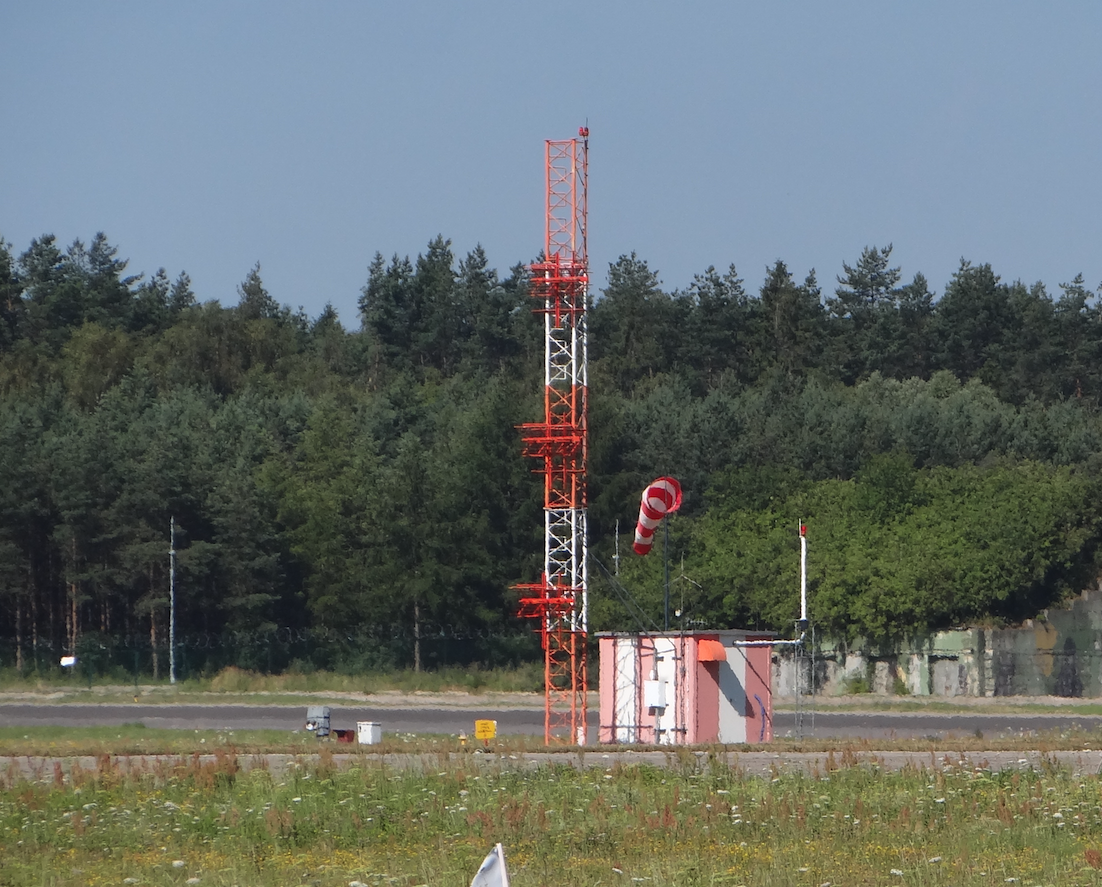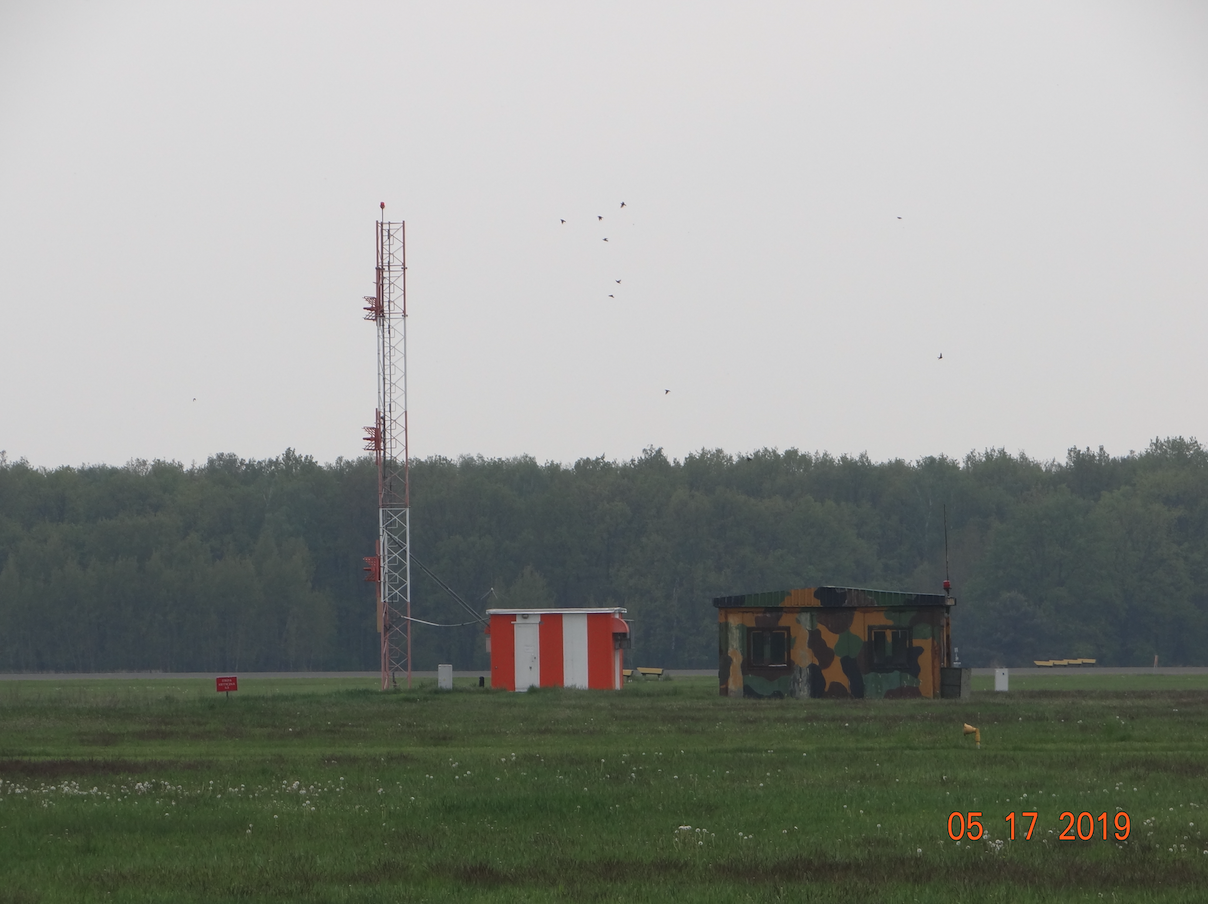Kraków 2014-11-16
Advantages and disadvantages of ILS.


The main disadvantage of the system is that one set supports only one direction of approach. It designates only one approach path in space, which may make it difficult for large or small aircraft to land. It has high requirements as to the shape of the terrain on the approach, because it can generate disturbances from the ground or structures. The cost of purchase and operation is high; in 2005, approximately PLN 4,000,000. Interestingly, low-cost airlines do not require the destination airports to have an ILS system. Their crews are increasingly using GPS. The advantages include high efficiency and extremely low failure rate. The crew does not cooperate with controllers on the ground and makes all decisions alone. Using the ILS system, tests with automatic landing of machines were carried out. Even passenger cars in the 1960s (Lockheed L 1011). The system has proven itself and is installed even at military airports in Poland (e.g. Mirosławiec Airport).
Currently, almost all transport airports in Poland have an ILS system (at least in one direction). Although different categories. ILS at Polish airports (2012); Okęcie Airport - ILS II category Balice Airport - ILS category I Jasionka Airport - ILS II category Rębiechowo Airport - ILS category I (until the end of 2014) ILS II category Babimost Airport - ILS category I Modlin Airport - ILS II angle.
TLS (Transponder Landing System).
TLS (Transponder Landing System) is a system that will probably replace the ILS system. The TLS system uses existing landing system and instrument transponder (ILS) equipment to create a precision approach where ILS is not normally available.
The TLS system is currently (2014) used in the US and Spanish military aviation. There are no known airports where this system has been installed.
Conventional ILS has been described above and elsewhere. The ILS system is common, but still, in today's conditions, it is expensive to install and maintain. It also has other disadvantages that I mentioned above. How does TLS work? The underlying TLS element searches the airspace within a radius of 60 nmi (nautical miles), approximately 111 km, looking for operational on-board transponders. Upon receipt of the response, TLS determines the aircraft's attitudes using three sets of antennas: one for horizontal position using monopulse techniques, one for vertical monopulse, and the third for trilateration. Put simply, TLS determines the position of the aircraft in space from the signals emitted by the aircraft's transponder, taking into account time and angular displacement measurements.
It then calculates the position of all aircraft using the transponder responses. Each aircraft is guided by the approach controller as a precision PAR approach. Approaching aircraft are shown on the console screen in TLS PAR format, where the azimuth and elevation are shown. The console has five screens, so five controllers can control five different planes with extremely small separation. One of these aircraft can descend in a traditional ILS system. The rest is conducted with the traditional PAR approach. The crew of each plane behaves as if it were landing with a traditional ILS. It uses a standard glideslope and an ILS locator display. All the pilot has to do is adjust in the TLS system as if it were ILS.
TLS systems can be installed in places where traditional ILS would not work properly. For example, airports that do not have a suitable ILS reflective surface with a prominent approach path due to uneven terrain such as steep hills and mountains, or have large buildings such as hangars and garages that create nuisance reflections that would prevent the use of ILS beacons. In addition, the TLS does not have to be mounted in specific places on the landing field. It generates signals as if it were at the end of the runway. This will ensure a lower operating cost. The TLS class level is the ILS blind approach class level - category III C.
Besides, the TLS system allows you to set a non-rectilinear approach. This approach can be broken, for example, to avoid a terrain obstacle, which is impossible with ILS.
With the TLS system, the locator can have a customized width at the runway threshold, regardless of the length of the RWY. Usually 700 ft and 5-6 degrees. The beacon width characteristics may be selected by the approach designer whereas for ILS the beacon width is determined by the location of the beacon antenna which is usually a consequence of the length of the RWY. Another feature of TLS is the ability to use it by military aircraft equipped with radar stations. TLS can also help landing aircraft that do not have a transponder on board. TLS uses aircraft on-board equipment that is already mounted on them. No need to install additional devices. The TLS system is at the center of military interest. Mobile varieties have already been developed and varieties that can be mounted in shelters, leaving only the antennas outside. The basic disadvantage of the TLS system is the regulations that support security. TLS simulates an ILS signal that is specific to one aircraft position, one aircraft at a time may be cleared for a TLS approach. Any other aircraft in the area are given the same guidance regardless of their position relative to the approach and the crew must wait for clearance from ATC.
The first certification of the TLS system took place in 1998, by the FAA, at the ILS category I level. The Federal Aviation Administration approved TLS as compliant with the RTCA DO-178B aviation reliability standard and the SAE ARP 4754 software and certification model as highly integrated and complex aviation systems.
What's next ?
Today (2014) it is not known in which direction the landing assistance systems that will replace the common ILS will develop. At the turn of the century, there was a lot of talk about MILS (MLS), or microwave ILS. The approach system based on the GPS satellite system - the GNSS system - is very promising. However, here the policy pursued by decision-makers in Western Europe stood in the way. GPS is a Yankee system, so Europe, in order not to become dependent on the US, spent huge amounts of money to launch a system based on its own geostationary satellites. Unfortunately, the system is still in its infancy. This shows the technological gap between the US and Western Europe. And because life abhors a vacuum, Western Europe is being replaced by China, India, South Korea, Japan and even Brazil.
In the USA, there is already a TLS (Transponder Landing System) certified by the FAA, which is already being tested by the USAF, as discussed above.
Written by Karol Placha Hetman
